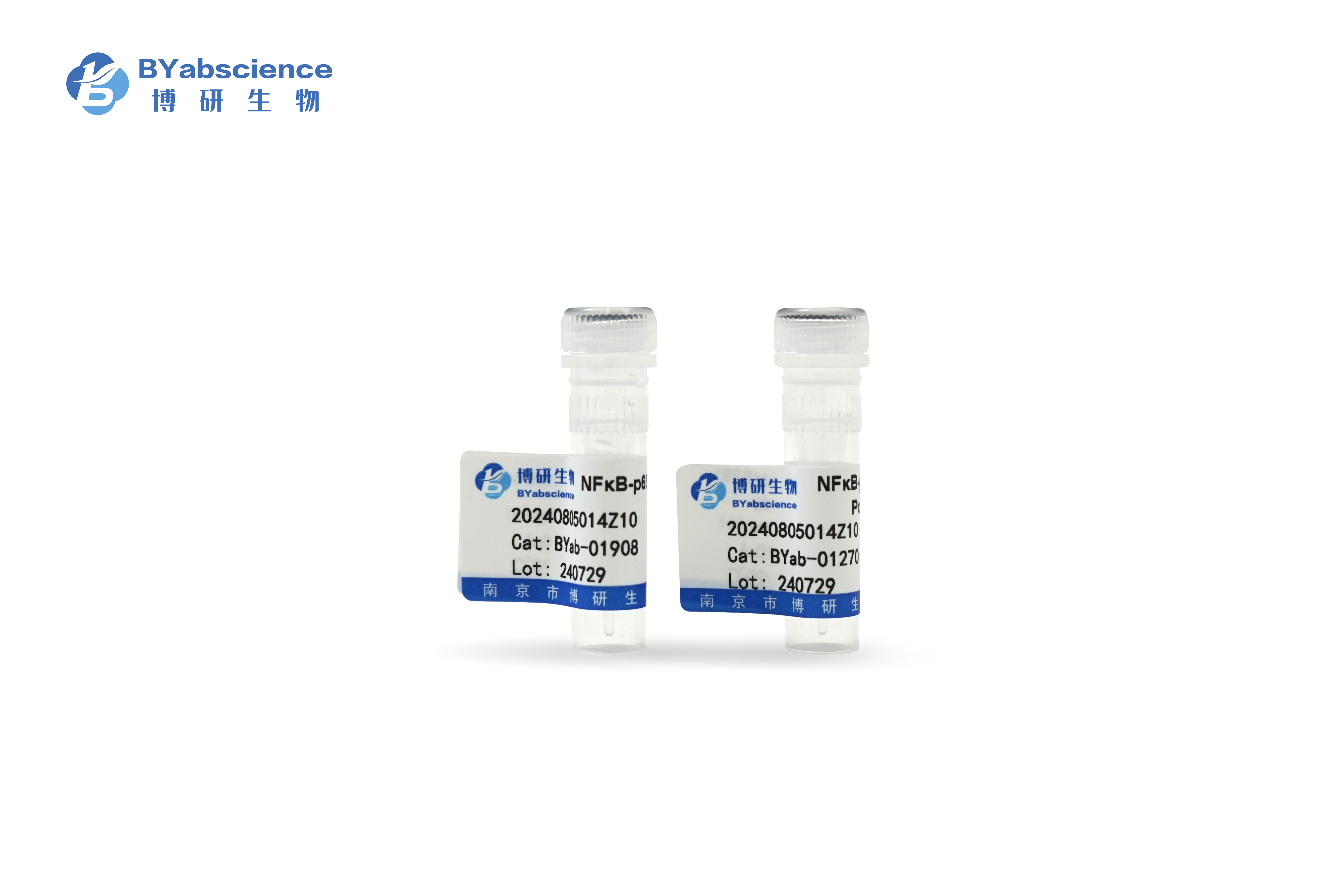免疫原
Purified recombinant human PP5 protein fragments expressed in E.coli.
特异性
PP5 Monoclonal Antibody detects endogenous levels of PP5 protein.
组成(Formulation)
Purified mouse monoclonal in buffer containing 0.1M Tris-Glycine (pH 7.4, 150 mM NaCl) with 0.2% sodium azide, 50% glycerol.
稀释比例
Western Blot: 1/1000 - 1/2000. Not yet tested in other applications.
纯化工艺(Immunogen)
Affinity purification
背景(Background)
This gene encodes a serine/threonine phosphatase which is a member of the protein phosphatase catalytic subunit family. Proteins in this family participate in pathways regulated by reversible phosphorylation at serine and threonine residues; many of these pathways are involved in the regulation of cell growth and differentiation. The product of this gene has been shown to participate in signaling pathways in response to hormones or cellular stress, and elevated levels of this protein may be associated with breast cancer development. Alternative splicing results in multiple transcript variants. [provided by RefSeq, Feb 2011],
功能
catalytic activity:A phosphoprotein + H(2)O = a protein + phosphate.,cofactor:Binds 1 iron ion per subunit.,cofactor:Binds 1 manganese ion per subunit.,function:May play a role in the regulation of RNA biogenesis and/or mitosis. In vitro, dephosphorylates serine residues of skeletal muscle phosphorylase and histone H1.,similarity:Belongs to the PPP phosphatase family.,similarity:Belongs to the PPP phosphatase family. PP-5 (PP-T) subfamily.,similarity:Contains 3 TPR repeats.,subcellular location:Predominantly nuclear. But also present in the cytoplasm.,subunit:Interacts with CDC16 and CDC27.,tissue specificity:Ubiquitous.,






